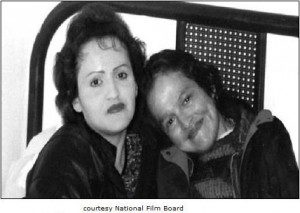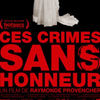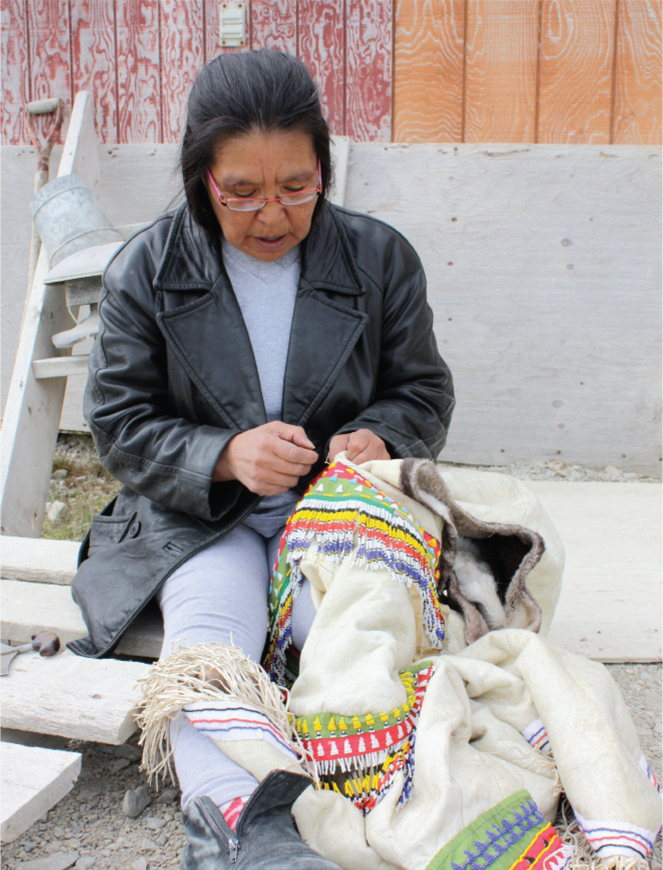The Latest: TV/Docs March 4
Overwhelmed by information? Buried by media? The RRJ is here to help with a new daily section designed to keep you up with the latest and greatest journalism, across all mediums. NFB DOCS
We often find hidden gems on the National Film Board website. From black and white documentaries set in the 1920’s to feature-length pieces examining current events, the free site is an easy way to get more in-depth than a one-minute news segment can offer. To give you a taste, we’ll share two documentaries and what they add to the critical side of journalism.
Many of us remember the horrors of the Robert Pickton trial, but how many of us can remember the names of the victims. This next documentary reminds us. Dawn Cray, Ramona Wilson and Daleen Kay Bosse are among an estimated 500 Aboriginal women who have gone missing or been murdered over the past 30 years. And with hundreds of the cases waiting to be solved, the need for greater attention inspired Métis filmmaker Christine Welsh to tell the stories of her forgotten sisters.
In Finding Dawn, Welsh puts a human face to a national tragedy. Her documentary offers insight into the daily realities of many Aboriginal women in Western Canada, from Vancouver’s Downtown Eastside to the Highway of Tears in northern British Columbia to Saskatoon. Winner of the Audience Gold Award at the 2006 Amnesty International Film Festival in Vancouver, the documentary stays away from gruesome details but burdens viewers with the sorrow of families and friends. This is a story that continues, a story that deserves attention, a story crying out for action.
Another documentary that also should be commended is Invisible City by Hubert Davis, one that also looks at societal problems within our own country. Regent Park in Toronto has been in and out of the news camera in recent years. This short piece brings light to a situation that often is hidden. Canada’s oldest public housing complex is facing “revitalization” projects aiming to put an end to the community. The director focuses on boys growing up in the neighbourhood, often expected to take on more responsibility than most children their age. The Best Canadian Feature at 2009’s Hot Docs shows the physical destruction as well as the heart-wrenching emotional destruction that families face. Davis brings up the fact that public housing is meant to be transitional, a stepping stone towards independence. The supports are not there and often people can’t take the step on their own. Invisible City invites audiences to look again at what is occurring and ask the questions: why and at what cost.
















